
A Previously Unknown Human Lineage Discovered in North Africa
A recent study by a research team, including senior author Johannes Krause and first author Nada Salem from the Max Planck Institute for Evolutionary Anthropology, has identified a previously unknown human lineage in North Africa, specifically in the Central Sahara, dating back more than 7,000 years. This research provides critical insights into the genetic continuity and isolation of ancient populations during the African Humid Period (Green Sahara).
Focusing on two ancient Libyan mummies, this study offers a new perspective on the region’s history during the African Humid Period, when the Sahara transformed into a lush savanna with life and water bodies supporting human settlement and pastoralism.
The findings challenge long-held beliefs about migration patterns in the region. Contrary to previous interpretations, the genomes of these ancient individuals reveal a striking absence of Sub-Saharan ancestry. This suggests that the Green Sahara was not a migration corridor as once thought, but rather an area where grazing practices spread through cultural exchanges rather than large-scale human movements. The study highlights limited gene flow between North African and Sub-Saharan populations, underscoring the unique genetic heritage of the North African lineage.
One of the most intriguing aspects of the research is the genetic makeup of the Takarkori rock shelter individuals. They exhibit significantly less Neanderthal DNA compared to populations outside Africa, indicating that they were part of a largely isolated population. This isolation allowed for deep genetic continuity in North Africa, particularly during the Late Glacial Period. Although this ancient lineage no longer exists in its pure form, its genetic legacy remains a vital component of the ancestry of present-day North Africans.
The study also establishes links between these ancient individuals and hunter-gatherers from the 15,000-year-old Taforalt Cave in Morocco, associated with the Iberomaurusian lithic industry. Both groups show a similar distance to Sub-Saharan ancestries, reinforcing the idea that gene flow between these regions remained minimal even during the flourishing period of the Green Sahara.
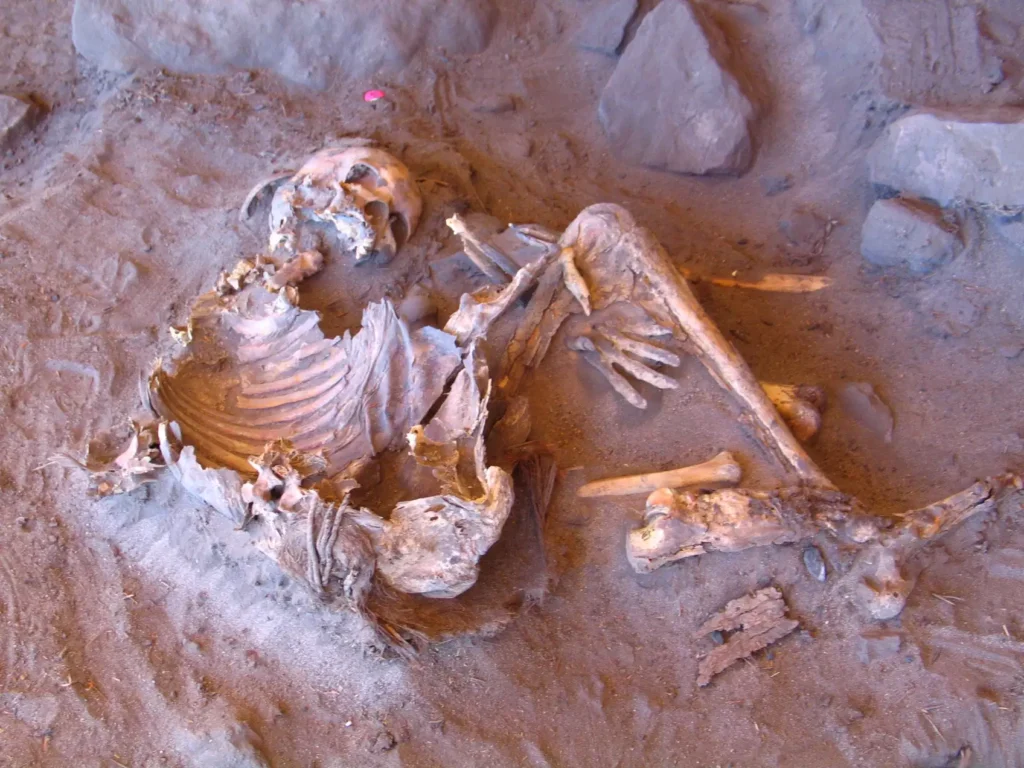
“Our findings show that while early North African populations were largely isolated, they did receive traces of Neanderthal DNA due to gene flow from outside Africa,” says Johannes Krause, senior author at the Max Planck Institute for Evolutionary Anthropology. This insight adds a new layer to our understanding of how ancient populations interacted with and adapted to their environments.
The implications of this research extend beyond genetics. First author Nada Salem emphasizes that the study challenges previous assumptions about North African population history, revealing a deeply rooted and long-isolated genetic lineage. This discovery not only enhances our understanding of how pastoralism spread in the Green Sahara but also underscores the importance of cultural exchange in shaping human history.
As the Sahara transitioned from a lush landscape to the world’s largest desert, the preservation of ancient DNA became increasingly challenging. This study, therefore, stands as a pioneering effort in ancient DNA research, providing invaluable insights into human migrations, adaptations, and cultural evolution in this crucial region.
In conclusion, this research not only enriches our understanding of North Africa’s past but also highlights the importance of ancient DNA in reconstructing human history. As we continue to explore the depths of the Sahara’s history, we gain a clearer picture of the complex tapestry of human existence that shaped our world.
Max Planck Institute for Evolutionary Anthropology
Salem, N., van de Loosdrecht, M.S., Sümer, A.P. et al. Ancient DNA from the Green Sahara reveals ancestral North African lineage. Nature (2025).
https://doi.org/10.1038/s41586-025-08793-7
Cover Image Credit: View of the Takarkori rock shelter in Southern Libya. Credit: Archaeological Mission in the Sahara, Sapienza University of Rome
You may also like
- Archaeologists Discover 9,000-Year-Old Temple in Jordan Desert
- Sumerian Birth Certificate: One of History’s Oldest Records
- Archaeologists Uncover Unique Auditorium During Excavations in Sicily
- Astonishing 3,000-Year-Old Cave Paintings Unearthed in Brazil
- Ancient Assyrian Tablets: Science Uncovers 7th Century Writing Techniques
- The Mysterious Goddess of Levent Valley: 2800-Year-Old Hittite Goddess Figurine
- Discovery in Romania Reshapes History of Ancient Dacian Presence
- New Study: Climate Change May Have Played a Role in the Fall of the Roman Empire
- The Dazzling Treasure of Kibyra: The Medusa Mosaic Reopens to Visitors
- Stunning 2,500-Year-Old Settlement Discovered in North Macedonia
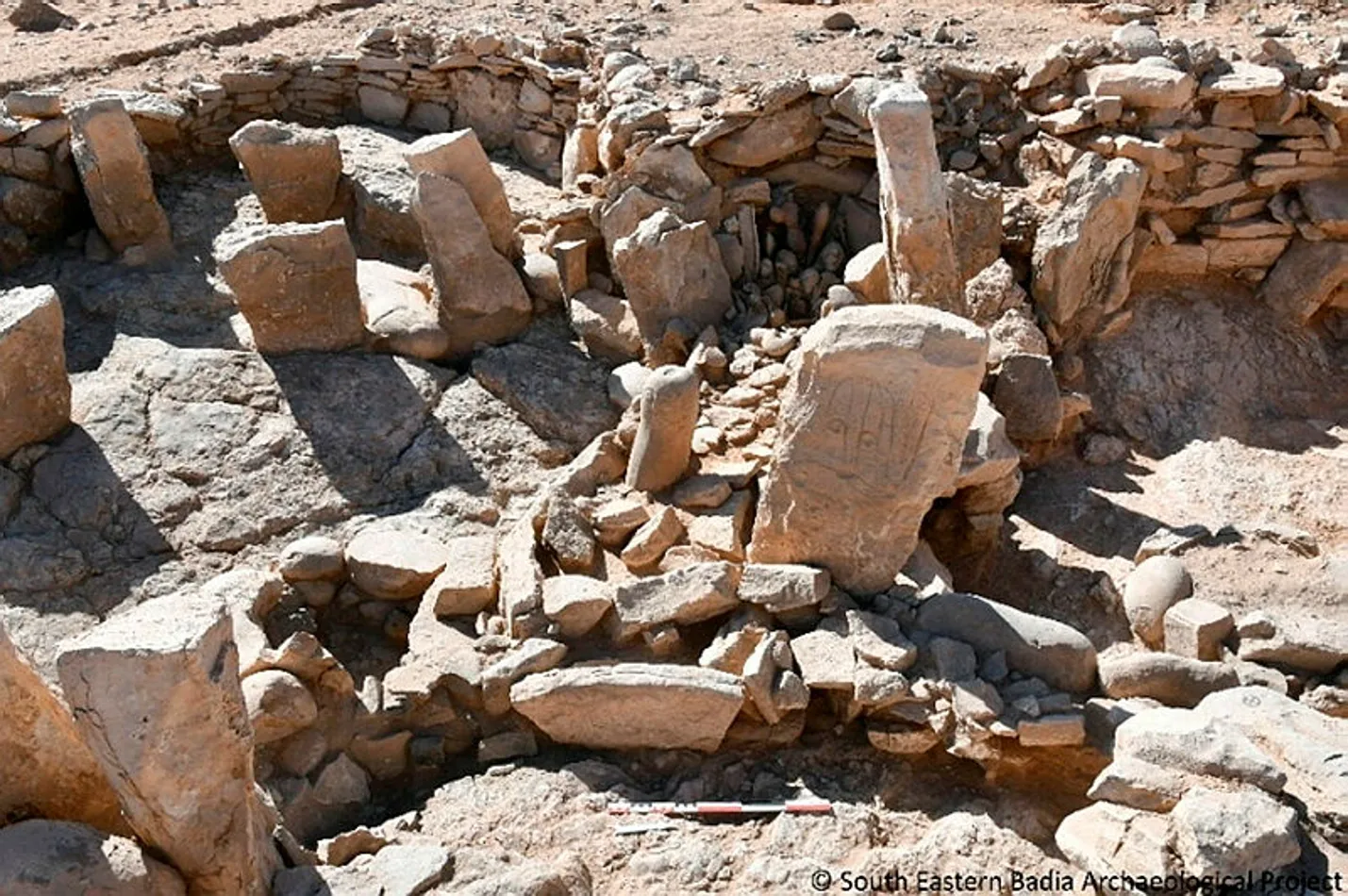
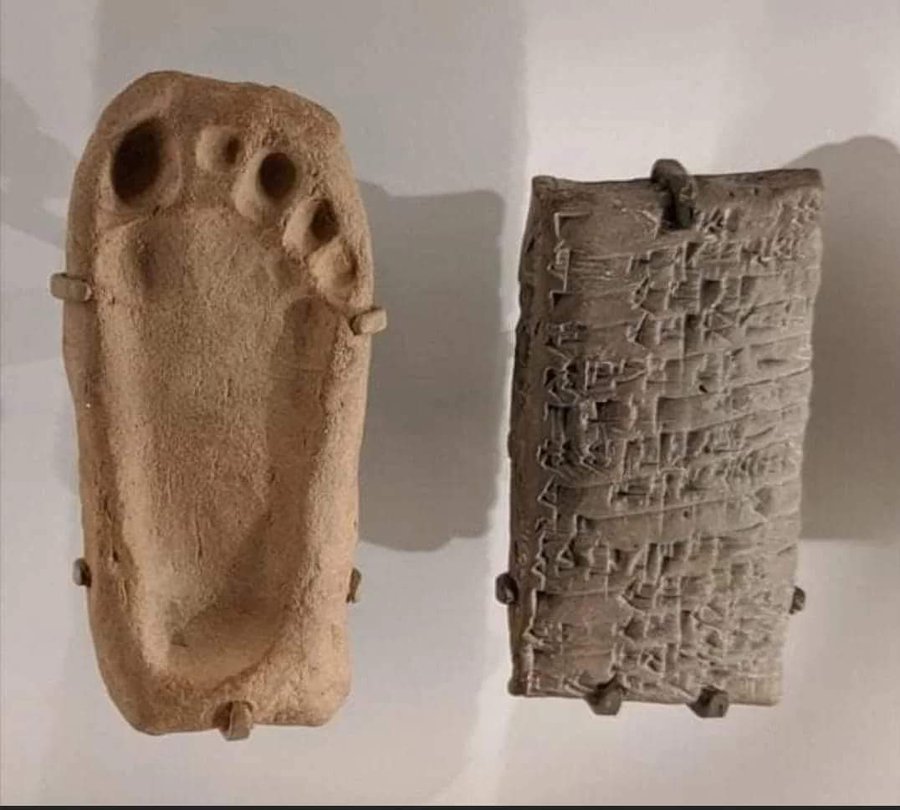
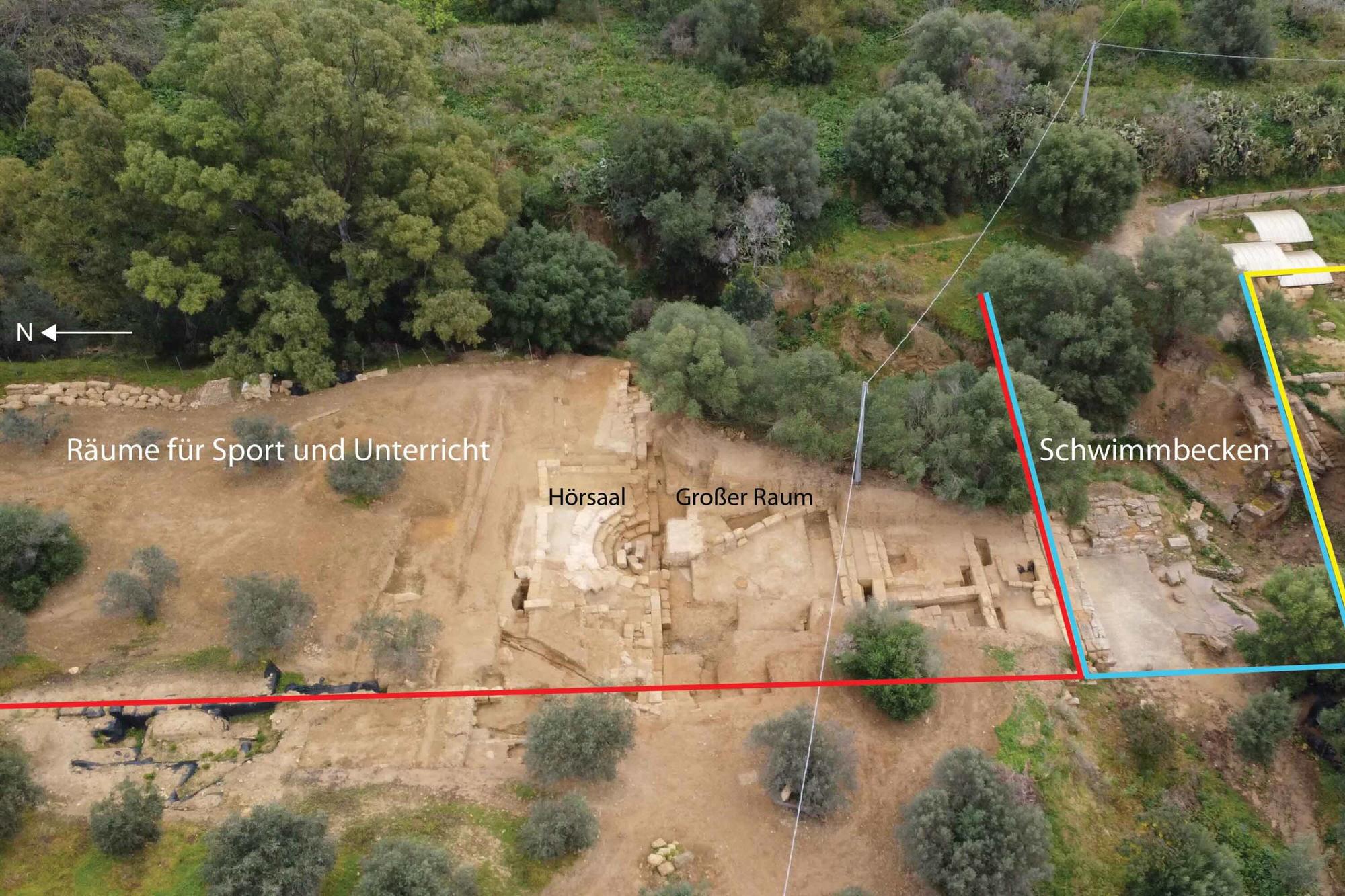
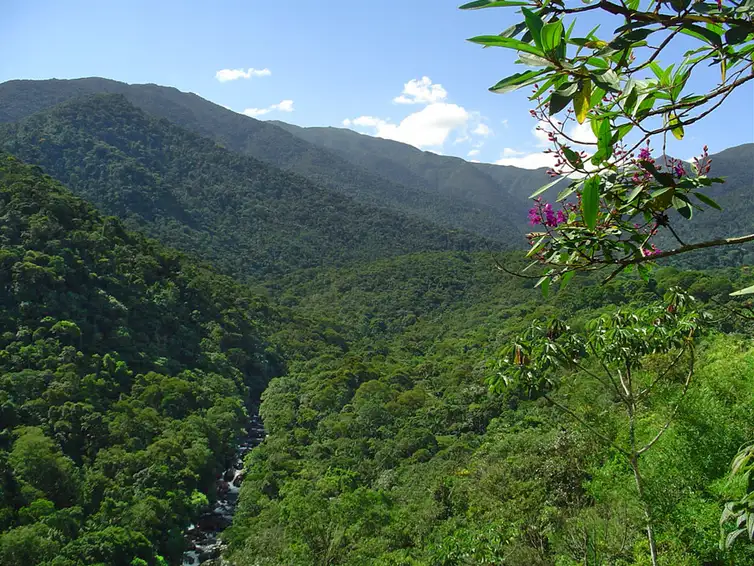
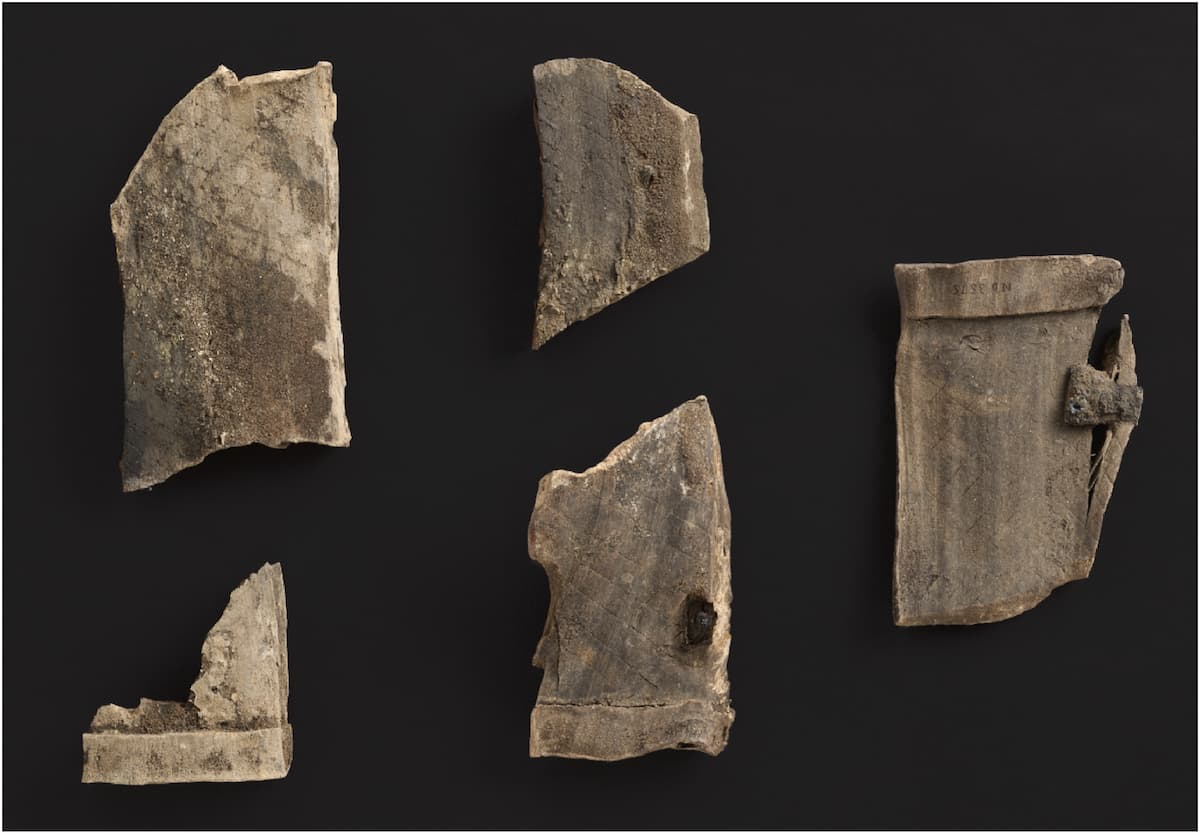
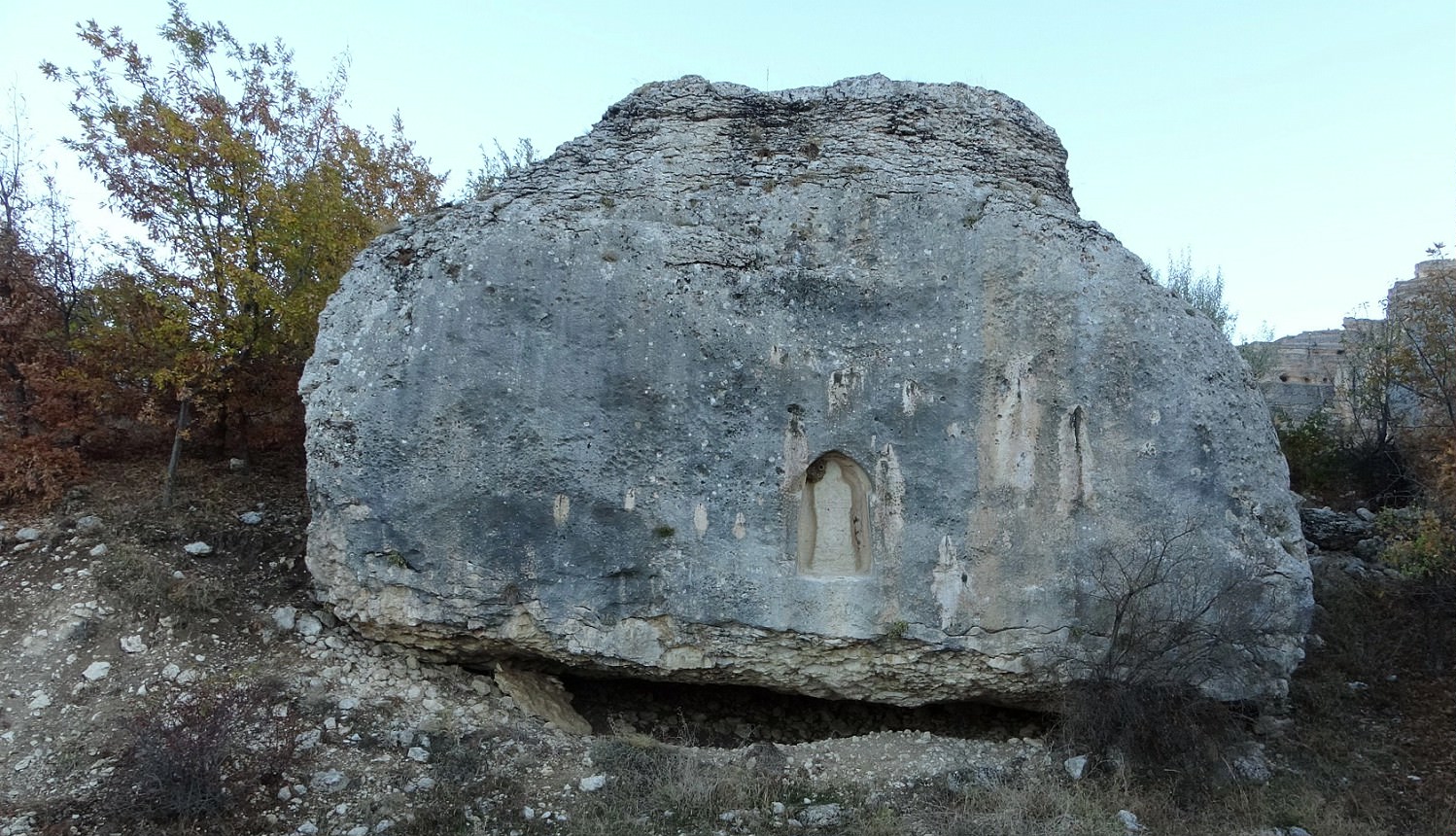



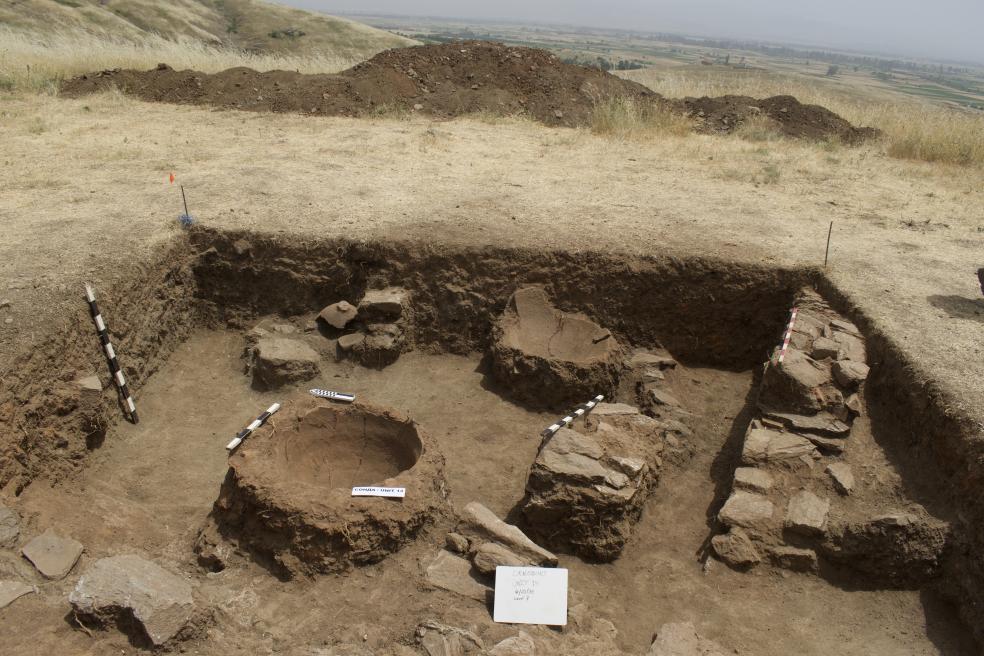
Leave a Reply